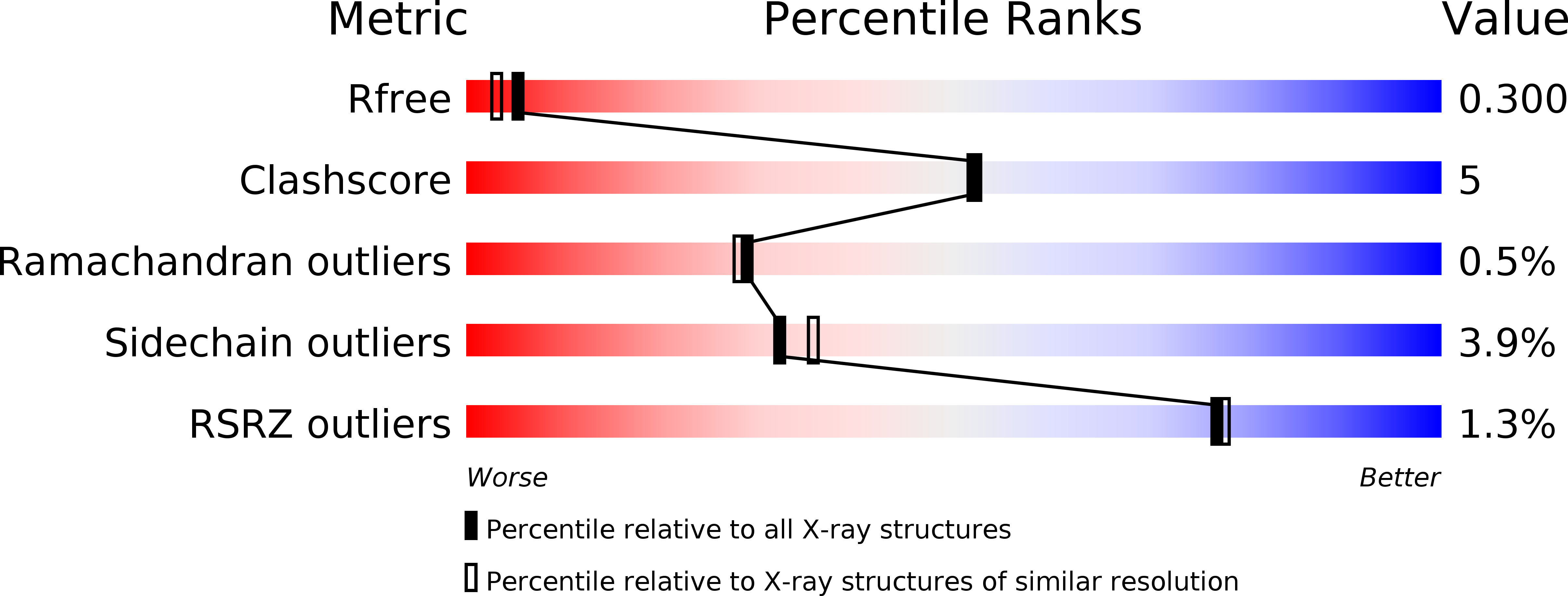
Deposition Date
2013-08-14
Release Date
2014-08-27
Last Version Date
2023-12-20
Entry Detail
PDB ID:
4C1Y
Keywords:
Title:
Crystal Structure of Fucose binding lectin from Aspergillus Fumigatus (AFL) in complex with b-methylfucoside
Biological Source:
Source Organism:
ASPERGILLUS FUMIGATUS (Taxon ID: 746128)
Host Organism:
Method Details:
Experimental Method:
Resolution:
2.23 Å
R-Value Free:
0.31
R-Value Work:
0.24
R-Value Observed:
0.24
Space Group:
P 21 21 21


